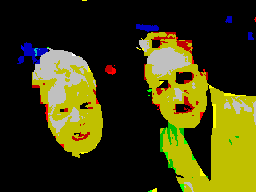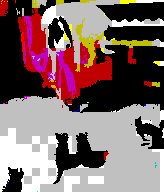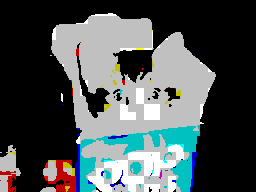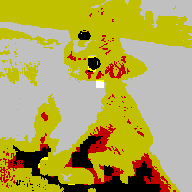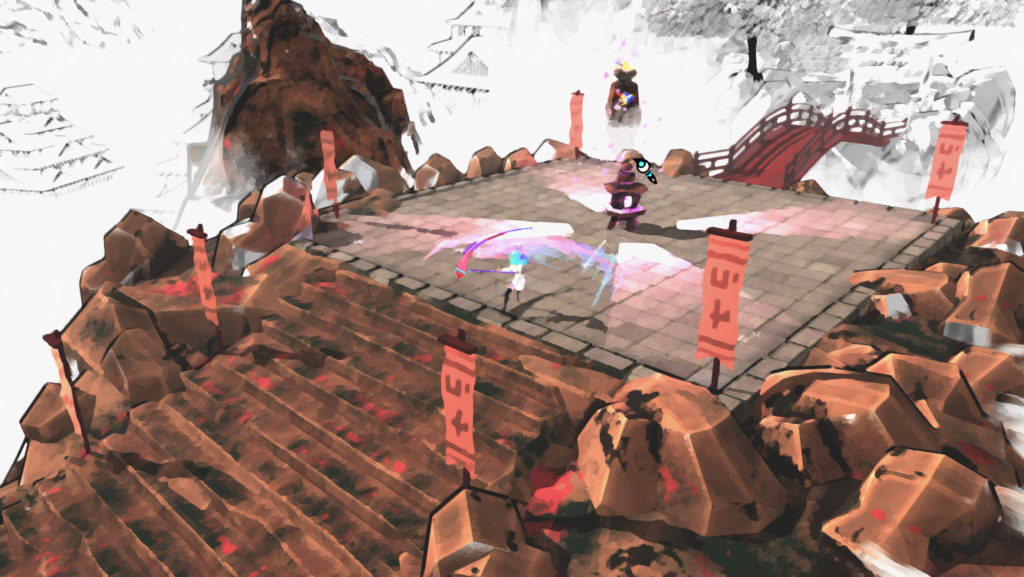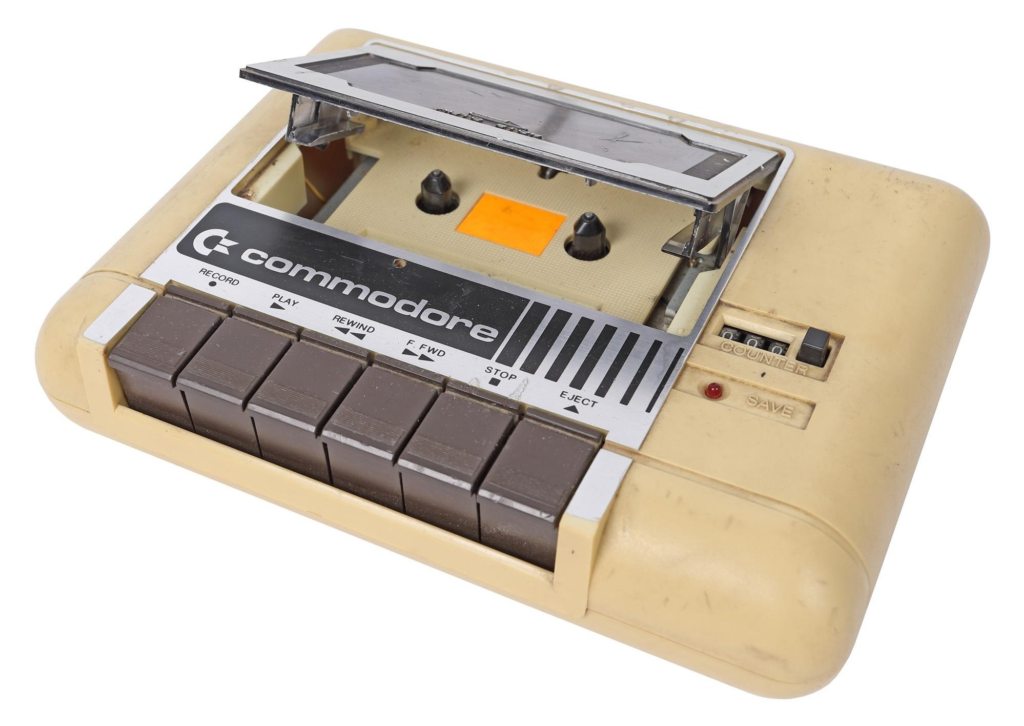
Commodore users of a certain intersection of class and age will remember the Datasette, a custom tape player that early Vic-20 and C64 users could use to load and save their programs on standard “Compact Cassettes.” This was a very slow process, that was so timing intensive that the C64 had to blank its screen during it, because its graphics chip demanded exclusive access to memory while it got the needed data each frame to render graphics. Of course things were rather different in Europe, where cassette tapes were a much more viable medium, and tape loading could actually be faster than the 1541 disk drive (a notably flawed and slow design).
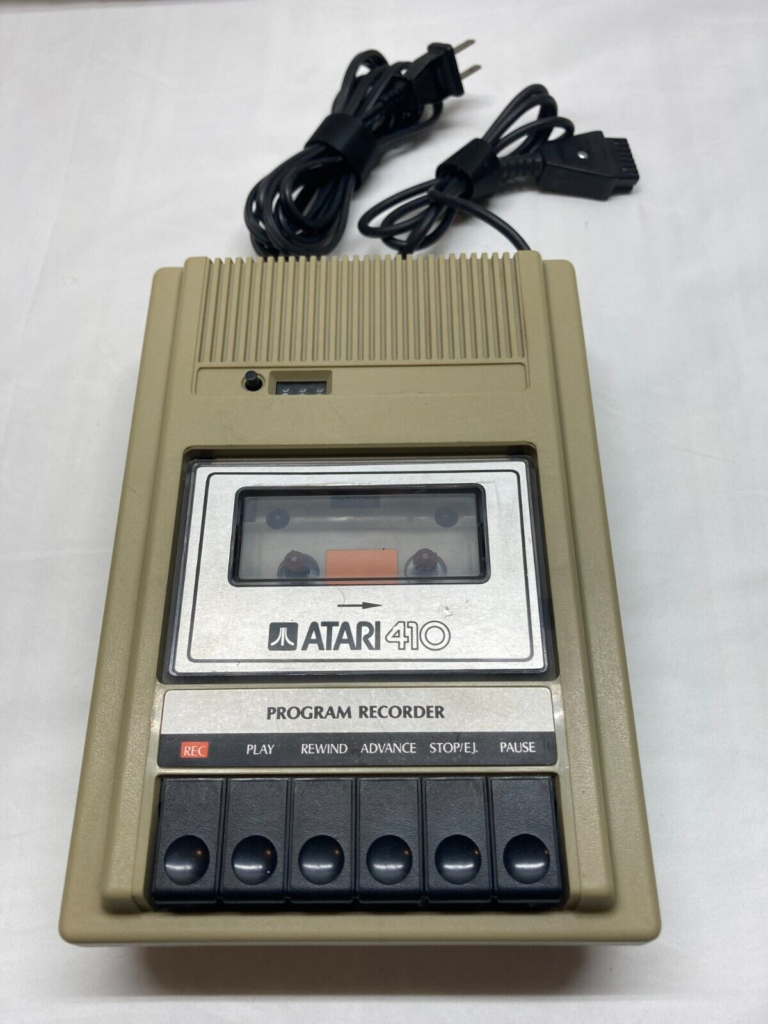
Scott walks through this unique period of home computing history. I still have tapes of old Commodore software lying around (because I rarely can bring myself to throw such things out). Maybe some day, if I can get my old Commodores working and displaying again, I’ll try them out and see if they work.
But fortunately, for commercial cassette software archived on the Internet Archive, you don’t have to go through such lengths! Although you can still wait for software to load if you want to! The IA offers emulated software for both the Sinclair ZX-81 and Commodore 64 that are supplied on virtual tapes, so you too can experience the exciting process of waiting for programs to load. In Scott’s words: “Incomprehensible! Mysterious! Uninformative! Welcome to home computing in the 1980s!“
I notice that much of the Commodore 64 software mentioned in the article actually had tape loading graphics. I can’t explain this. It kind of makes me feel cheated, from the many times I sat watching a blank light-blue screen. Presumably the UK coders who made much tape-based 64 software had, in their tape-loading bag of tricks, a way to overcome the VIC-II’s timing issues. I wouldn’t doubt it.
The Easy Roll and Slow Burn of Cassette-Based Software (Internet Archive)

